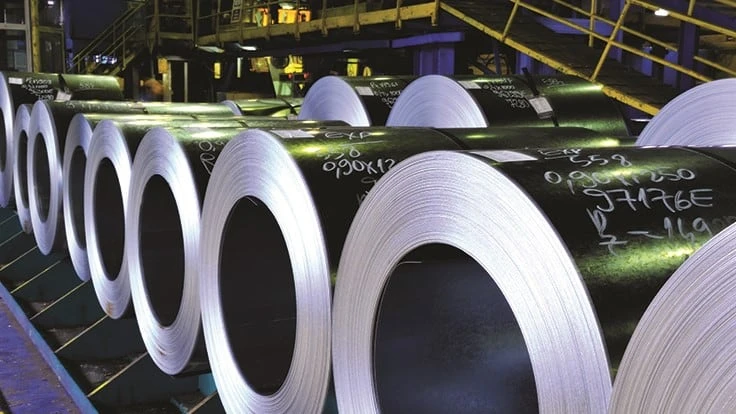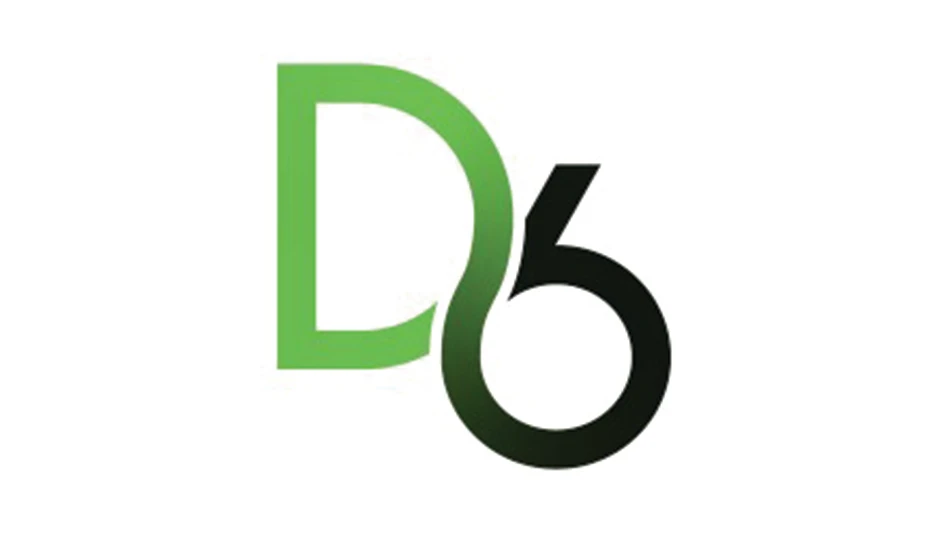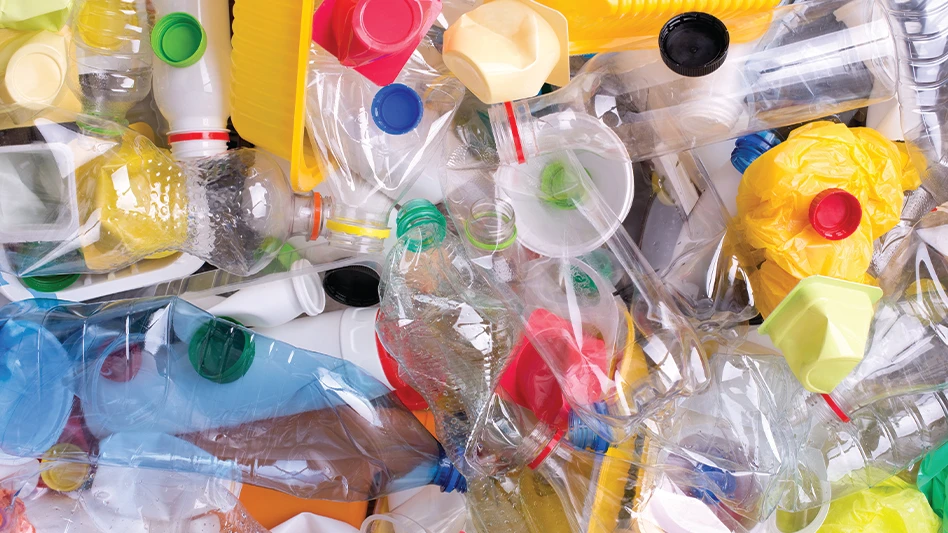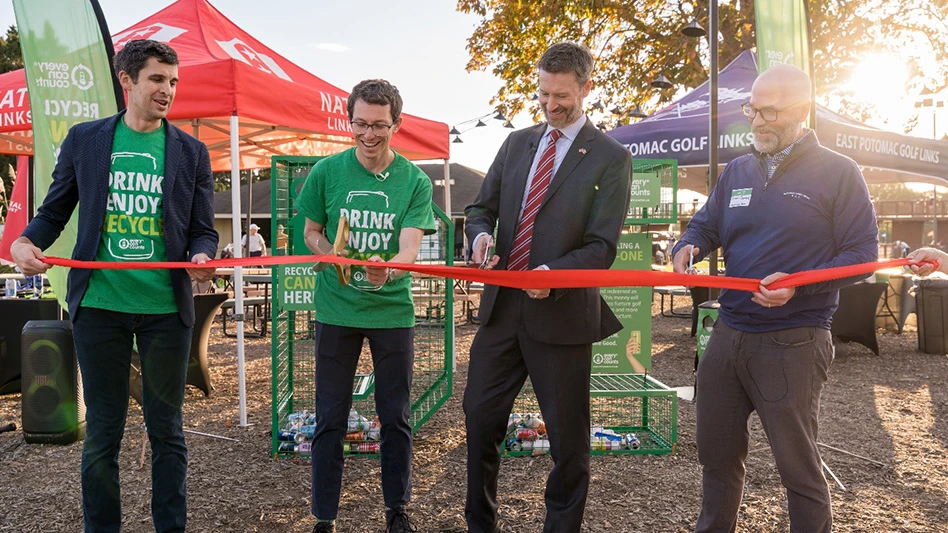
© Mircea Bezergheanu - Dreamstime.com
The Institute of Scrap Recycling Industries (ISRI) 2020 Annual Convention & Exhibition that was scheduled for April 27-30 in Las Vegas might have been canceled, but the Washington-based trade association is hosting the event's popular commodity spotlight series via webinars.
The association kicked off the commodity spotlight series May 14 with its Spotlight on Ferrous webinar, which featured Brandi Harleaux, chief operations officer at Houston-based South Post Oak Recycling Center, as moderator and speakers Blake Hurtik, an editor at Argus Media, and Joe Pickard, chief economist and director of commodities at ISRI.
“While things haven’t completely transitioned to a new normal, we thought now was a good time for many to come up for air,” Harleaux said in the webinar, adding that she had connected with other scrap processors across the U.S. prior to the webinar to gauge how operations were faring.
She said, “I think in some urban locations, you may see continued peddler traffic for those that have yards, even though things have slowed down. And for some, the flow didn’t slow down maybe as much as they anticipated it slowing down. For some, it’s been steady—but a slower steady. The bottom line is that what we’re seeing is a lot of variation.”
Both speakers shared similar sentiments to Harleaux's: The ferrous scrap industry experienced a great deal of change in the first quarter of 2020 and is facing a new normal looking ahead.
Near-term projections for ferrous scrap
From March to April, average U.S. ferrous scrap prices moved downward quickly in reaction to COVID-19, Hurtik said. However, things inched back up for prime grades and a little bit for obsolete grades in light of supply situations this month.
“Because of the lockdowns and lack of manufacturing activity, we’ve seen much-reduced supply of prime scrap, which has led to a good bump particularly in prime grades like No. 1 busheling, which increased on average for our assessments by $36 per gross ton month over month, getting back most of what was lost for March to April, which was about $30 per ton,” he stated.
“Obsolete grades increased by about $20 to $30 a ton on average, depending on your region.”
Overall, supply has been greatly reduced and demand is spotty in certain regions. For instance, he said, heavy metal prices were flat in Pittsburgh this month because only one small mill had a buying program; but, other parts of the country saw that same grade increase $30 per ton.
Hurtik noted that busheling prices have not taken too much of a hit, stating that they are only about $18 per ton lower compared with this time last year.
He said steeper declines have occurred for obsolete grades, adding that flows into scrap yards have been greatly reduced because of varying local restrictions and closures. “All of this combined created a supply-driven market.”
When surveying 50 to 75 scrap yards across the U.S. from March to April, Hurtik said Argus Media noticed an approximate $50 per ton net drop in scale buying prices. “Some dealers described it to us in that time period as buying blind because no one was quite sure what the situation was going to be in terms of mill demand for April, and that was reflected in that,” he said. “We’ve gained about half of that back into May as you’ve seen it come up, but still it’s not at levels that really bring scrap out of the woodwork.”
Looking ahead to June, he said he expects the ferrous scrap market will still be supply-driven “with all eyes on the auto sector.”
Additionally, Hurtik reported that he expects an uptick in the amount of pig iron arriving in the U.S. this month as mills look to make up for the prime supply deficit based on data gathered by Argus Media. “We’re looking at about 600,000 tons right now that’s either arrived or is already on the water heading to the United States and is going to your main ports in New Orleans; Mobile, [Alabama], Charleston; and Morehead City, North Carolina, which is about 200,000 tons more than what we averaged per month in 2019.”
He added that several crises are making it difficult for steel mills to operate, including the auto sector shutting down and issues in the energy market. He said many auto plants have announced plans to restart by May 18, including GM, Ford and Fiat Chrysler.
“The overall theme is that we’re seeing [auto manufacturing] coming back, but the main takeaway is it won’t snap back into a sense of normalcy,” he said. “Most of these plants are starting with one shift with plans to phase up as time goes on in order to incorporate higher safety measures. We’ve heard multiple people reference that maybe by June we’ll be at about 60 percent of normal operating rates.”
Steel utilization also has dropped in recent months because of COVID-19. Hurtik reported that steel capacity utilization has been at about 50 percent since the end of April and into early May. “That’s the lowest it’s been since July 2009,” he said, adding that steel prices have reacted to that drop.
Hurtik said electric arc furnace (EAF) facilities have “shown resilience” to market conditions but “they haven’t been immune.” He said Nucor has delayed capital spending for its mill in Kentucky and has warned it expects to see second-quarter financial losses. He added that Steel Dynamics Inc. is targeting an 80 percent operating rate for its two flat-rolled mills. “They have about a 20 percent drop in terms of capacity utilization, which obviously has more of an impact on scrap than the integrated mills.”
With export markets, Hurtik reported that there was a sharp decline in ferrous scrap exports to Turkey with the COVID-19 pandemic setting in that has since rebounded a bit, driven by lack of supply. “They’re not able to find ample amounts of supply from Europe and the U.S. and elsewhere, so that’s led them to raise prices to get the scrap they need.”
He noted that the United Arab Emirates (UAE) recently imposed a four-month ban on ferrous scrap exports designed to keep scrap in that nation for its own domestic steel industry. “That has big implications for the South Asian steel and ferrous scrap market,” he said. “Last year, [the UAE] was the top supplier to India with over 1 million tons shipped and second largest to Pakistan. If things were normal, that would suggest higher prices and a really good outlook for U.S. and exporters. But given the uncertain demand picture in India, it’s too early to say how much impact that’s going to have.”
A 30,000-foot view for ferrous scrap
During the webinar, Pickard said China had the largest amount of global steel output in the first quarter of 2020, according to World Steel Association data. China accounted for 53 percent of global steel output, even with the Chinese Lunar New Year holidays and shutdowns in response to the coronavirus. The European Union accounted for 9 percent of global steel output, and North American production was 7 percent of global steel output, followed by India, Japan, Russia, South Korea, the Middle East and Turkey.
Pickard reported that steel production in the EU contracted by 10 percent compared with this time last year. He said production in India was down 5 percent, while production in North America was down 4 percent.
However, in comparison, Chinese output was up 1.2 percent year over year, production in the Middle East was up 7.7 percent year over year, and steel production in Turkey was up 10 percent in the first quarter of 2020 compared with the first quarter of 2019. “That’s important when you look at sources of growth and potential growth for ferrous scrap demand,” he said.
Other sources of growth for ferrous scrap in the first quarter of 2020 have included Malaysia, Bangladesh and India, Pickard said.
Get curated news on YOUR industry.
Enter your email to receive our newsletters.
Latest from Recycling Today
- Investors plan to reopen lllinois iron foundry
- Algoma loses money, names new CEO
- ReMA opens nominations for 2026 Young Executive of the Year Award
- PPRC 2025: Tracking EPR’s progress
- North Carolina announces $25M in grant funding to strengthen recycling, waste management infrastructure
- L’Oréal joins Nextloopp Americas
- Ambercycle partners with REI
- WM reports mixed results for Q3





